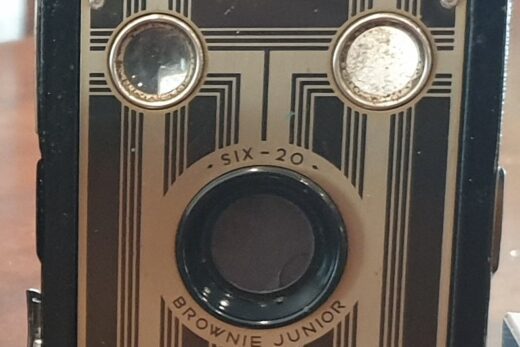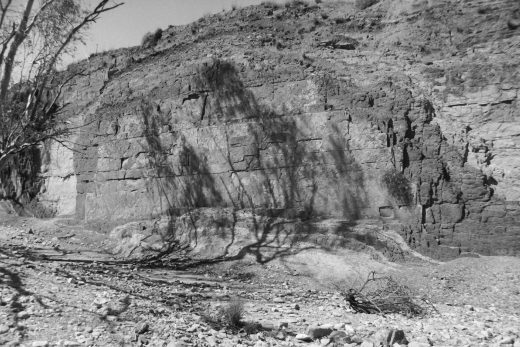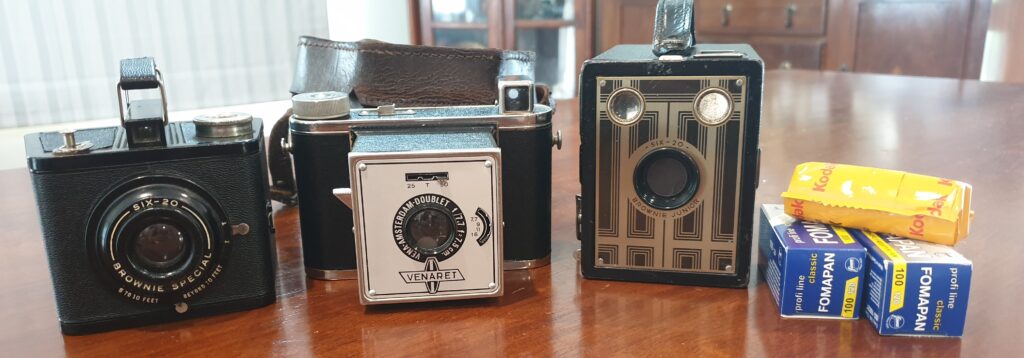
The Vena Venaret (middle camera in the picture above) is one of three box cameras I tested together under the same conditions. The other two cameras being a Kodak Six-20 Brownie Special and Kodak Brownie Junior Six-20 . This camera takes 120 film, so I used Kodak TMAX 100 film. The camera should take 12 6x6cm images from a 120 roll of film. The numbers and lines on the baking paper of the Kodak film were difficult to read (the Fomapan 120 film numbers and lines are bigger and easier to read in these old cameras) and as a result I wound the film on too far and missed the first two exposures, so I only got 10 images.
The Vena Venaret Junior is a box camera released around 1948-1951 by Vena Amserdam. The Venaret Junior differs to the Venaret in that it doesn’t have an accessory shoe. The camera is made of metal with a leather-look coating that came in four colours, this one is the black version. It has a Vena Amsterdam Doublet 75mm f/7.7 lens. Above the lens is a slider to set the shutter speed to 1/25 sec, 1/50 sec or T (timed). Next to the lens is a slider to set the aperture to f/7.7, f/9, f/11 or f/16. The back assembly comes opens with the lever at the top that allows the back to slide out for loading/unloading the film.
To take a photo, the shutter release on the side of the camera has to be pushed down almost 4cm and then released Based on reviews I’d read, I held my breath until I heard it click back up. The viewfinder at the top is very small but gives a general idea of what you’re photographing.
The camera measures approximately 12.5 x 9 x 8cm and weights just under 500g. There are some little screws at the side where a camera strap could be attached.
These photos were taken outside in bright sunshine using Sunny 16 rules. The photos taken at f7.7/f9 and 1/50 or 1/25 came out very dark. The camera also didn’t do very well with closer subjects.
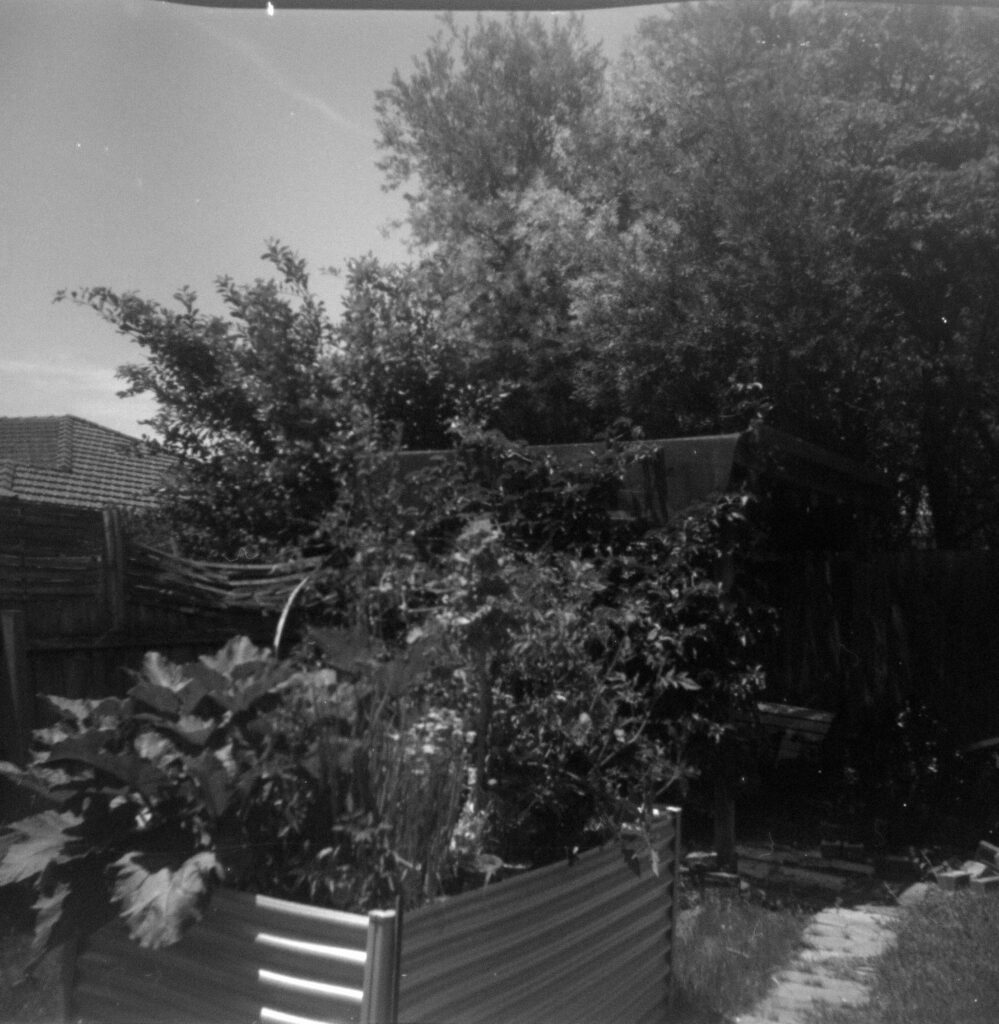
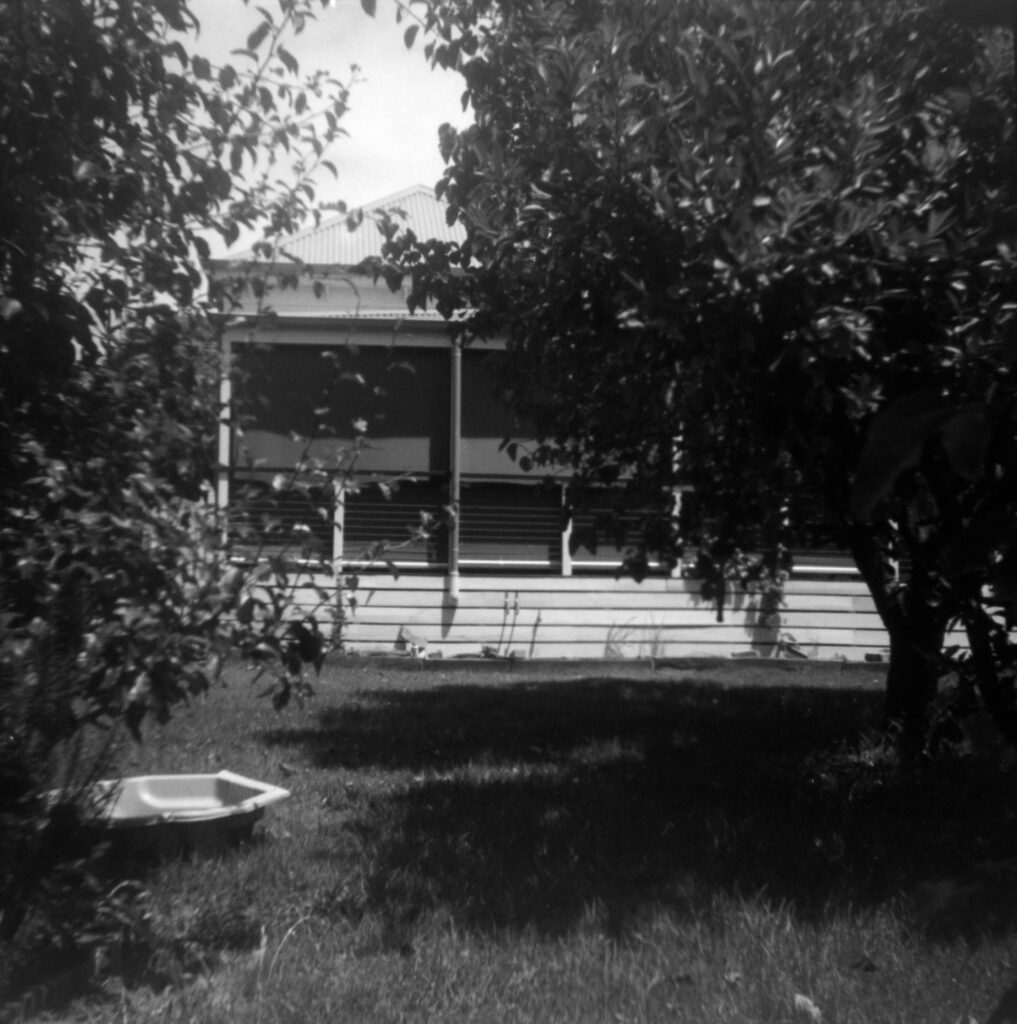
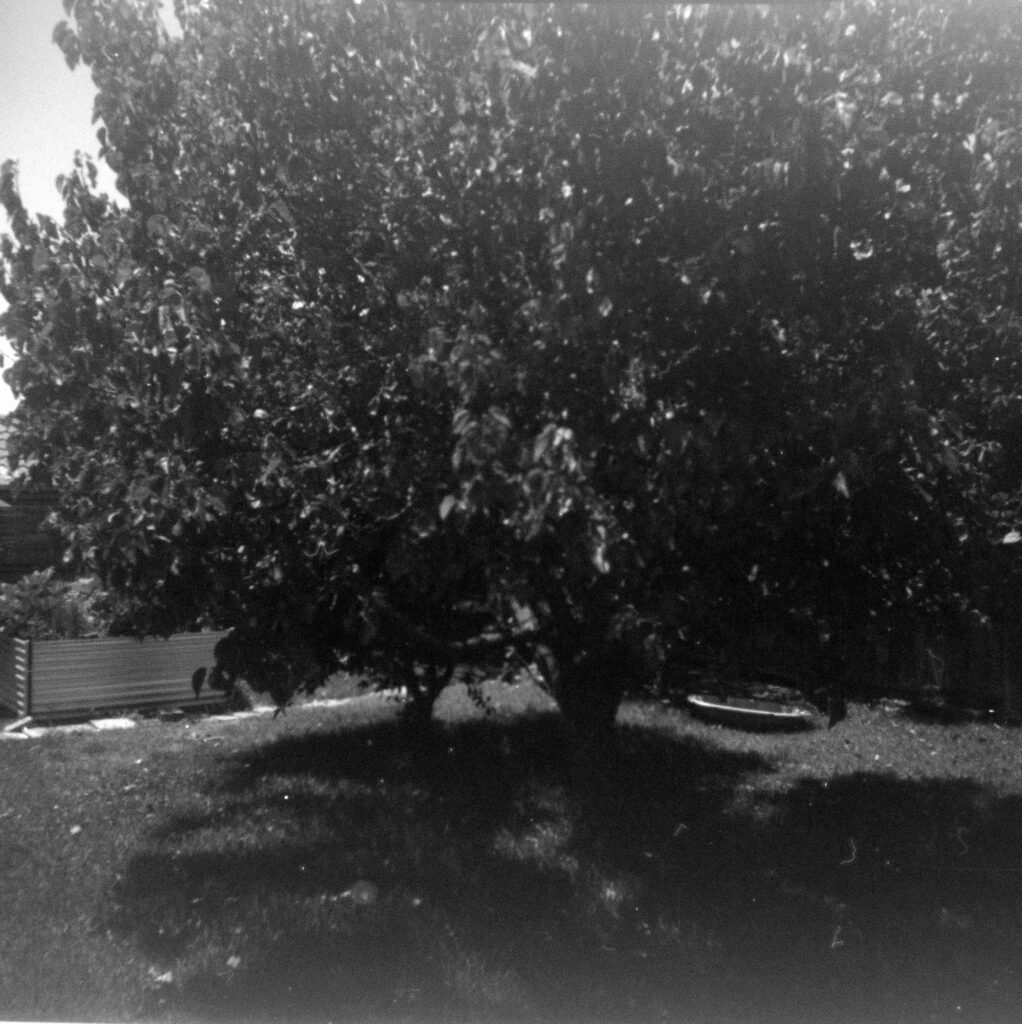
The negatives were developed by me at home using Cinestill Df96 Monobath, then digitised using a DSLR and converted with Negative Lab Pro.
Sources:


